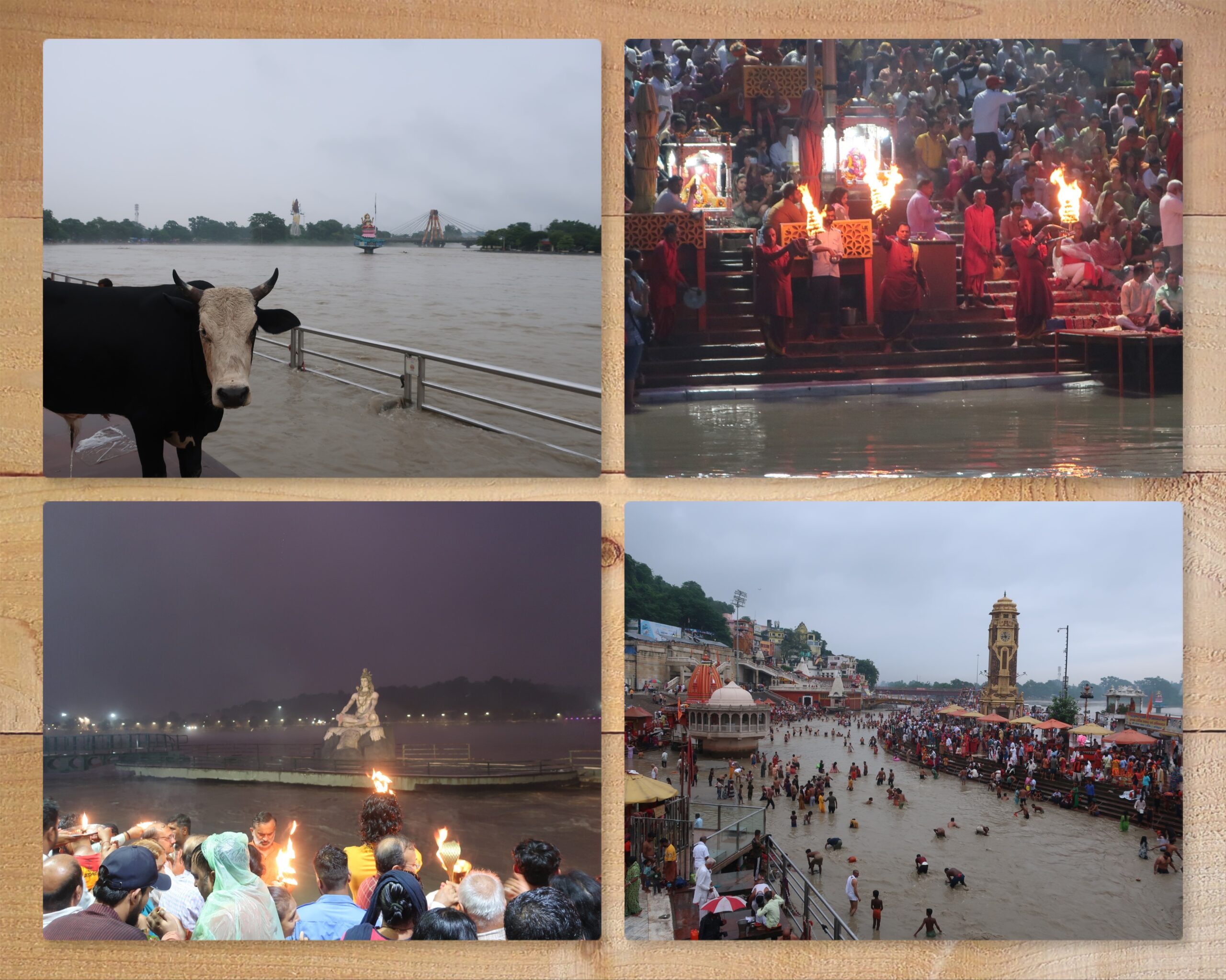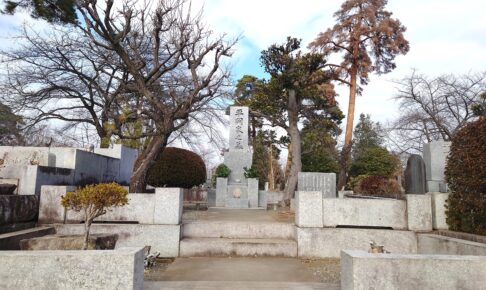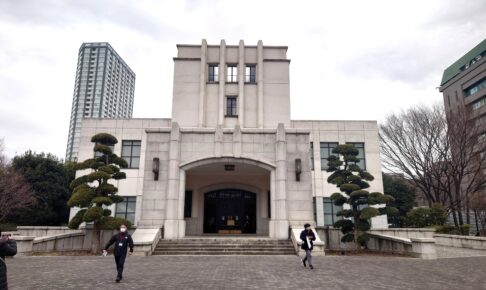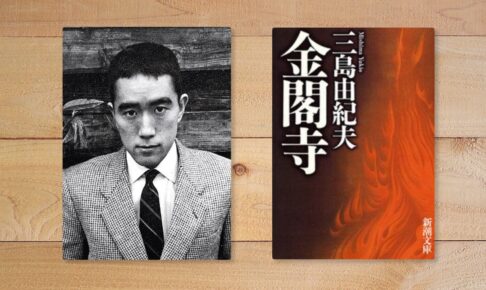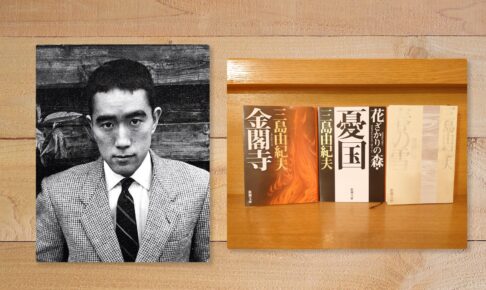Travels to Buddhist sites in India and Sri Lanka (11)
Why am I, a Buddhist monk, learning about Hinduism - in response to the question, "Why not just visit Buddhist holy sites?
Previous Article(10) India was India to the end. The driver of the car accident that happened right in front of me took me by surprise on the last day."I have told you about my first expedition to India in the following paragraphs.
Although it was my first time in India, I suffered from severe diarrhea and vomiting on my fourth day there, it was a truly exciting experience for me. (For more information about this incident, please refer to the following article.(8) Indian baptism finally arrived. Down with severe vomiting and diarrhea. So much for the trip..."(See article in)
Now that I have told you about the sacred Hindu sites on the upper Ganges River in this series of articles, some of you may be thinking, "Well, what is this place?
Why do you have to go to such lengths to visit Hindu holy sites when you are a Buddhist monk? Why do I have to go so far to visit Hindu holy places when I am a Buddhist monk?
This is a very valid question. If you want to learn Buddhism, you should go to a Buddhist site.
But I did not.
This is where I have my own style of study and travel.
As I have discussed in various articles on this blog, my motto has been the idea that religion is not only religion.
Religions do not exist merely on the basis of doctrines, beliefs, and rituals, but are established in relation to the political economy, international situation, geographical climate, national character, ideology, and culture of the times. In other words, religion cannot exist if the historical background is ignored.
Buddha, the founder of Buddhism, was born about 2,500 years ago in a small country in Nepal.
You can read more about the life of this great founder on our blog.The Life of Buddha (Shakyamuni Buddha) as Seen from Local Photographs.The existence of Buddha was also born in the context of India at that time.
Why did Buddha's teachings spread in India, and what attracted Indians to them? The key is the historical background of ancient India. In order to understand the uniqueness of Buddhism, we must know the "ordinary way of thinking" of the Indian people at that time. Buddhism was born by overthrowing the "ordinary way of thinking" in India.
In other words, to learn more about Buddhism, one must inevitably study the context of ancient India in which the Buddha lived.
And that is where the "comparison" method becomes even more effective.
It is only by comparing them that we can see what we are looking for.
For example, the color "blue" is just "blue" when placed alone. However, only by placing two things side by side can one determine which is the darker blue and which the lighter blue. The same is true in religion. By comparing them, we can see the differences and characteristics between them.
There are things we cannot see if we only look at Buddhism just because we are monks. We can see ourselves by broadening our vision and comparing ourselves with others. Without a mirror, we cannot see ourselves. In considering Buddhism, other religions can serve as mirrors.
With these thoughts in mind, I embarked on a round-the-world journey in 2019.
This trip started in Tanzania, Africa, to visit the origins of religion. In considering "what religion is," I felt that I had to consider "what human beings are in the first place. That is why I set out for Africa, aiming for the Olduvai Valley, the "cradle of mankind.
From there, he visited not only sacred sites of Christianity and Islam, but also places of ethnic conflict involving religion, and continued to consider what religion is and what Buddhism means to him.
After returning to Japan, while compiling articles on my round-the-world trip, I met the great Russian writer Dostoevsky.
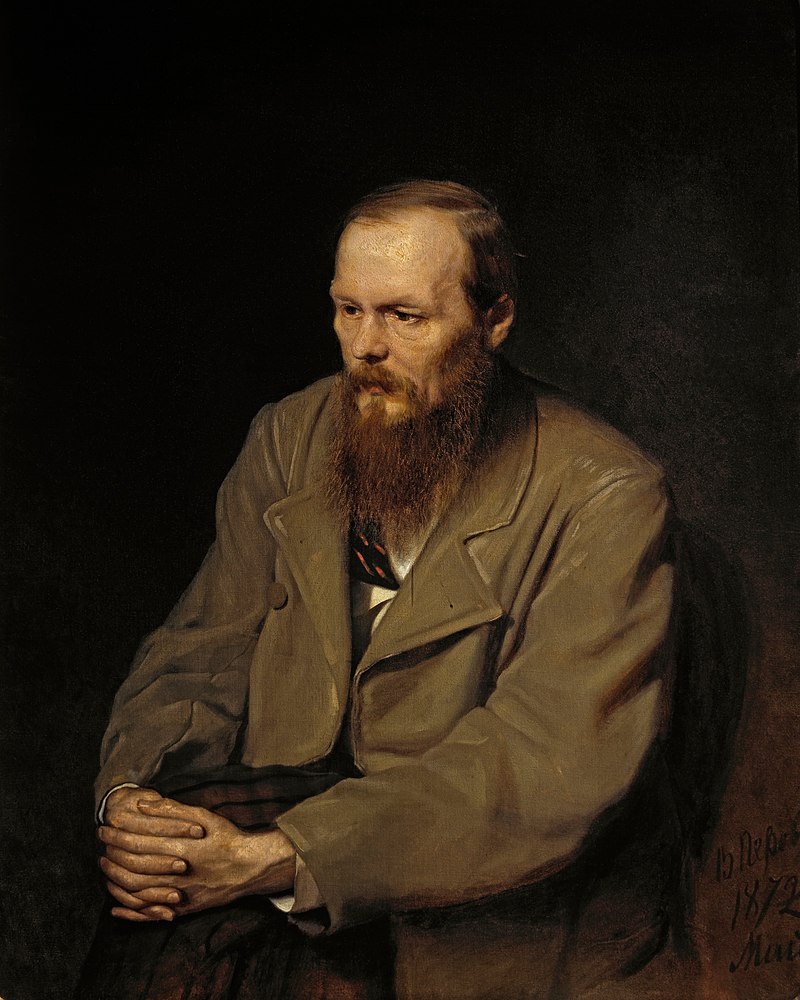
Fyodor Dostoevsky (1821-1881)Wikipedia.
My encounter with Dostoevsky is summarized in the article above, so I won't go into it here, but here again I have continued to think about Buddhism for myself by comparing Shinran and Dostoevsky.
And this research on "Shinran and Dostoevsky" lasted almost four whole years. This was an unexpectedly long time even for me.
When I started my research, I was supposed to read all of Dostoevsky's works and finish by reading reference books on the subject.
However, as I began to read those reference books, as usual, an inquisitive mind about the historical background flared up in me.
What kind of times did Dostoevsky live in? What did his contemporaries do? No, what kind of country is Russia in the first place?
My curiosity thus started a chain reaction, and before I knew it, my interest had expanded beyond Russia to include the history and culture of European countries such as England, France, Germany, and Italy.
Many visitors to our blog are surprised at the number of articles, which is nearly 2,000, and this is the reason why.
Most of all, I myself was surprised. I had never imagined that I would be digging up so much history and culture over such a wide area.
And as a culmination of this, I traveled to Europe in 2022.
This series of articles is truly my longest travelogue. I have already mentioned it above.The Life of Buddha (Shakyamuni Buddha) as Seen from Local Photographs.This work can be called Dostoevsky's version of "The Life of Buddha". The life of Buddha" was written with the intention of making it easy to understand even for those who do not know Buddha, and this travelogue was also written so that even those who do not know Dostoevsky can enjoy reading it.
Dostoevsky may have a dark, difficult, and heavy image, but the man himself has a different side to him.
The genius writer Dostoevsky.
Dostoevsky, a hopeless man who kept making his wife cry because of his gambling addiction.
Dostoevsky, a loving wife.
Dostoevsky with his children.
Dostoevsky overcame his gambling addiction by getting the best partner.
Dostoevsky, who is good at coffee and grinding it.
Various Dostoevskys are presented in this travelogue.
In this travelogue, I have tried to portray Dostoevsky, focusing on his personality and historical background. This travelogue is a hybrid work of biography and travelogue, so to speak. This attempt also led to my "Life of Budda. I am confident that those who enjoyed "The Life of Buddha" and "Travels in India and Sri Lanka," which I am currently writing in series, will also enjoy reading this travelogue.
This is why I am the type of person who, when I try to learn something, becomes interested in the myriad events behind it.
It is truly an endless loop. The more we know, the more we don't know. The more you know about something, the more you want to know about its background. The more you know about something, the more you want to know about its background, and the more you know about its background, the more you want to know about its background and relevance.... It is no wonder that no matter how much time we have, it is never enough.
I am sure that you have all seen the article with a list of references at the end of each article in this travelogue. Among themA list of recommended reference books to help you learn about Indian history, religion, and culture."Many of you may have been surprised to see
To my surprise, the first book introduced in the book is about the Indus civilization.
Yes. I started learning about India, going back to the Indus civilization to study Buddhism. And from there I read books on Indian religions, history, and lifestyle and culture, including Brahmanism, the mother of Hinduism.
This is why, for me, studying Hinduism was an absolute necessity for studying Buddhism.
That is why we chose Haridwar, a sacred Hindu city, as our first stop in India. And it was a great decision to choose this place. There are not many places where you can experience India so intensely. In fact, it was here that I felt India most intensely during my three trips to India. I can only say that I was lucky to have such an intense experience at the very beginning.
And one last thing. I would like to talk a little about my stance on travel.
I make it a point to do as much careful preliminary research as possible before heading to a destination. The same is true for this trip to India. I read as many books as I could to accumulate knowledge, build up my own image of India, and then go to India to confirm it. In other words, it is to test my answers.
As was the case during my round-the-world trip in 2019, I was often asked this question by those around me when I traveled so much. "Did you embark on a journey of self-discovery?"
No, no, not at all. The exact opposite is also the exact opposite. I already have something solid in my mind. And I am going on a journey to find the answer. It doesn't matter if it is right or wrong. What is important is what I feel there. I need this process in order for what I learn from books to become my own flesh and blood.
So I hope you now understand why I chose Haridwar as my first stop in India.
This is my style.
To study Dostoevsky, one learns Russian and Western history, literature, painting, and even classical music, and to study Buddhism, one begins with the Indus civilization.
Perhaps this is too far-fetched a way to learn, but it is the only way I can do it. Basically, I am a clumsy person.
Now, after Haridwar and Rishikesh, which were the most difficult sections of the trip, the next stop would be India and Sri Lanka, which were the main focus of the trip.
In the following article, I would like to discuss the general itinerary and aims of this "India-Sri Lanka" tour, which started at the end of October.
*Below is an article with reference books on India and Sri Lanka that we have referenced in this travelogue. Please refer to them.
periodA list of recommended reference books to help you learn about Indian history, religion, and culture."
periodA list of recommended books for "those who want to know more about Indian Buddhism."
periodA list of recommended books to help you get to know the Buddhist country of Sri Lanka."
Next Article.
Click here to read the previous article.
Related Articles












